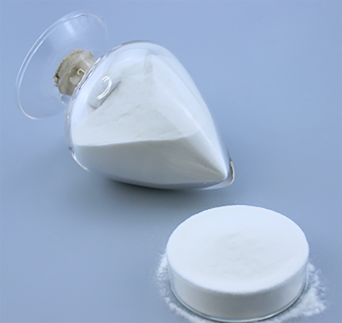
Dic . 03, 2024 23:17 Back to list
hpmc viscosity grades
Understanding HPMC Viscosity Grades
Hydroxypropyl methylcellulose (HPMC) is a widely utilized cellulose ether that plays a critical role across various industries, including pharmaceuticals, food, construction, and cosmetics. One of the most essential aspects of HPMC is its viscosity, which affects how it functions in different applications. Understanding the viscosity grades of HPMC is crucial for formulators and manufacturers who seek optimal performance from their products.
What is HPMC?
Before delving into the viscosity grades, it’s important to understand what HPMC is. HPMC is derived from cellulose, a natural polymer found in plant cell walls. The hydroxypropyl and methyl groups are chemically introduced to enhance the solubility, stability, and versatility of cellulose. This modification allows HPMC to dissolve in water, forming a viscous solution that exhibits unique binding and thickening properties.
Viscosity and Its Importance
Viscosity is a measure of a fluid's resistance to flow. In the context of HPMC, viscosity determines how the substance behaves in various applications, such as how thick a formula will be, its stability, and its ability to control the release of active ingredients. Different viscosity grades of HPMC can significantly impact the performance of a product.
Classification of Viscosity Grades
HPMC is typically classified into different grades based on its viscosity. These grades are usually indicated on product specifications, such as low viscosity, medium viscosity, and high viscosity. The viscosity measurement is usually provided in centipoise (cP) or mPa·s at a given concentration and temperature.
1. Low Viscosity HPMC These grades have a lower resistance to flow. They are commonly used in applications requiring smoother textures and easier mixing, such as low-fat foods, liquid pharmaceuticals, and thin coatings.
2. Medium Viscosity HPMC This grade strikes a balance between thickness and flow. It is versatile and widely used in various applications, including lotions, creams, and various construction materials like adhesives and cement mixes.
hpmc viscosity grades

3. High Viscosity HPMC This grade possesses a high level of thickening power and is perfect for applications that require a gel-like consistency or enhanced stability. It is often used in the manufacture of heavy-duty adhesives, gel formulations, and sustained-release pharmaceutical products.
Selection Criteria for Viscosity Grades
Choosing the right viscosity grade of HPMC depends on several factors, including the specific application requirements, formulation stability, and the desired end product characteristics. It is essential to consider the concentration of HPMC in the formulation and the process conditions (e.g., temperature, pH) during the selection process.
Practical Applications of HPMC Viscosity Grades
In the pharmaceutical industry, the viscosity of HPMC influences drug release rates and bioavailability. Formulators often select specific grades based on the desired release profile of the medication.
In the construction sector, HPMC is used to improve the workability and adhesion of cement and mortar mixes. The right viscosity grade enhances the performance, ensuring ease of application and durability of the final product.
In the food industry, the texture and mouthfeel of products can be significantly improved with the correct HPMC viscosity grade. This is particularly crucial in the formulation of gluten-free products, where HPMC can mimic the texture of gluten, enhancing consumer acceptance.
Conclusion
The viscosity grades of HPMC are paramount in determining the functionality and effectiveness of the products across various sectors. By understanding the properties associated with different viscosity grades, manufacturers and formulators can create superior products tailored to meet specific consumer needs. Whether in pharmaceuticals, food, construction, or cosmetics, the right choice of HPMC viscosity can lead to improved performance, stability, and overall product quality. As industries continue to evolve, the versatility and adaptability of HPMC will undoubtedly keep it at the forefront of innovation in product formulation.
-
Versatile Hpmc Uses in Different Industries
NewsJun.19,2025
-
Redispersible Powder's Role in Enhancing Durability of Construction Products
NewsJun.19,2025
-
Hydroxyethyl Cellulose Applications Driving Green Industrial Processes
NewsJun.19,2025
-
Exploring Different Redispersible Polymer Powder
NewsJun.19,2025
-
Choosing the Right Mortar Bonding Agent
NewsJun.19,2025
-
Applications and Significance of China Hpmc in Modern Industries
NewsJun.19,2025







